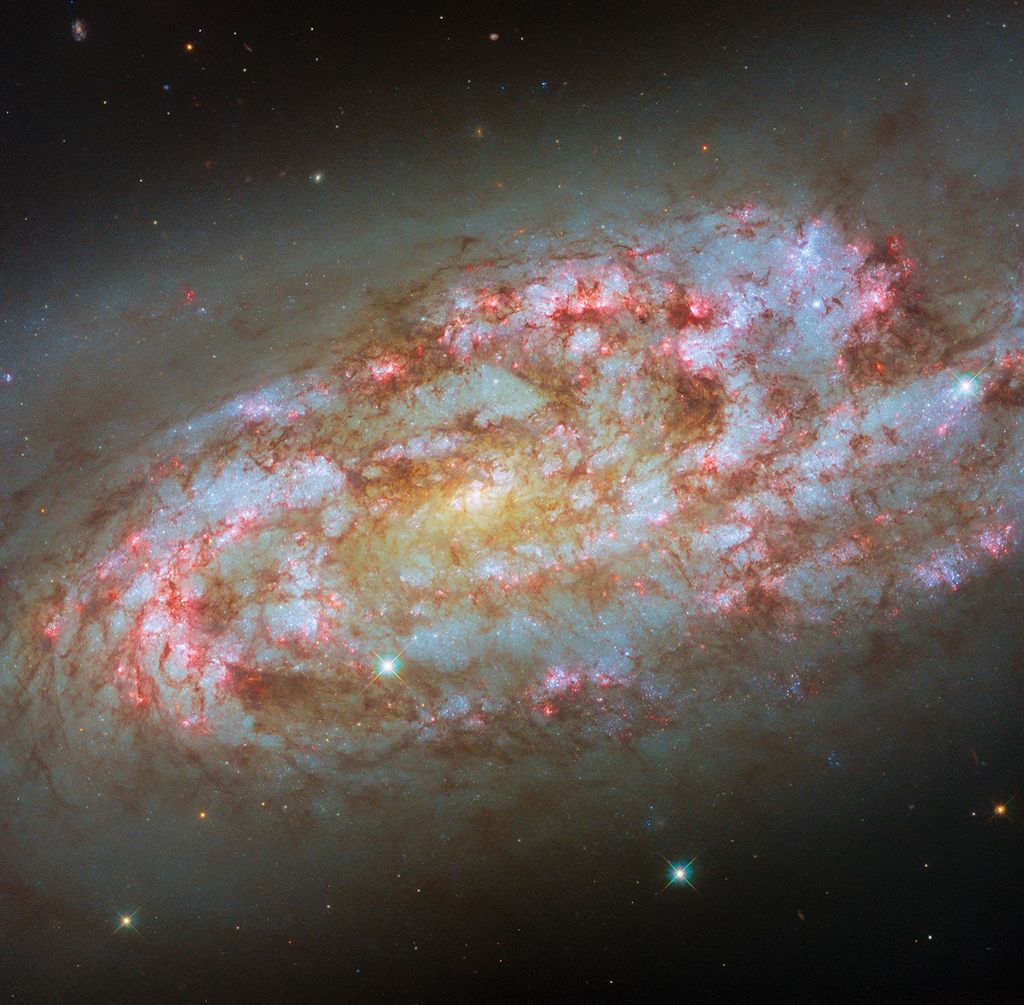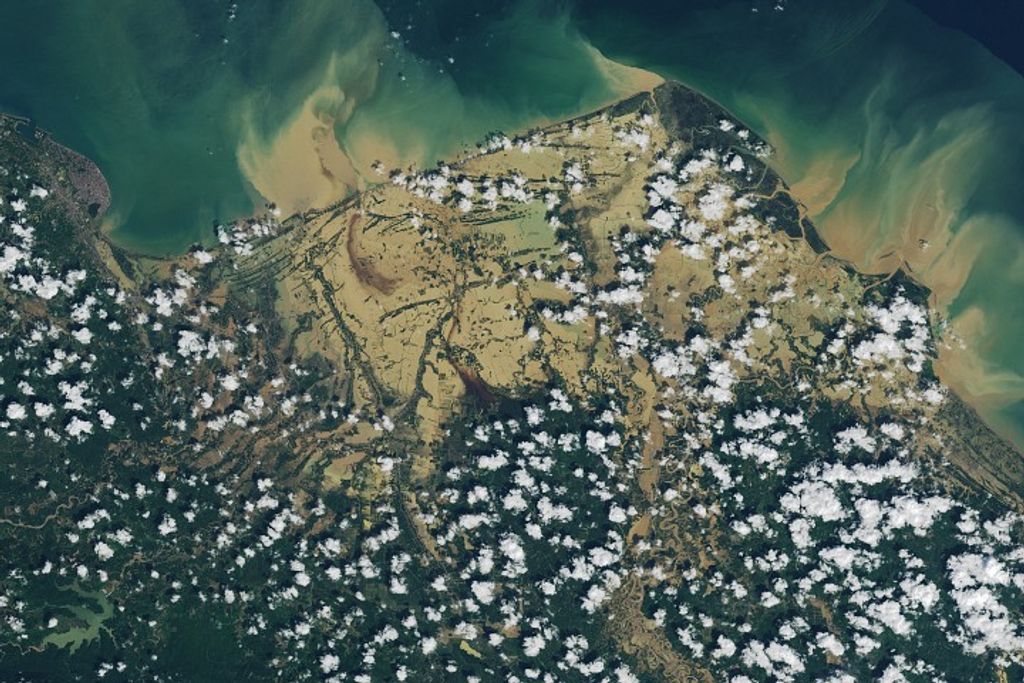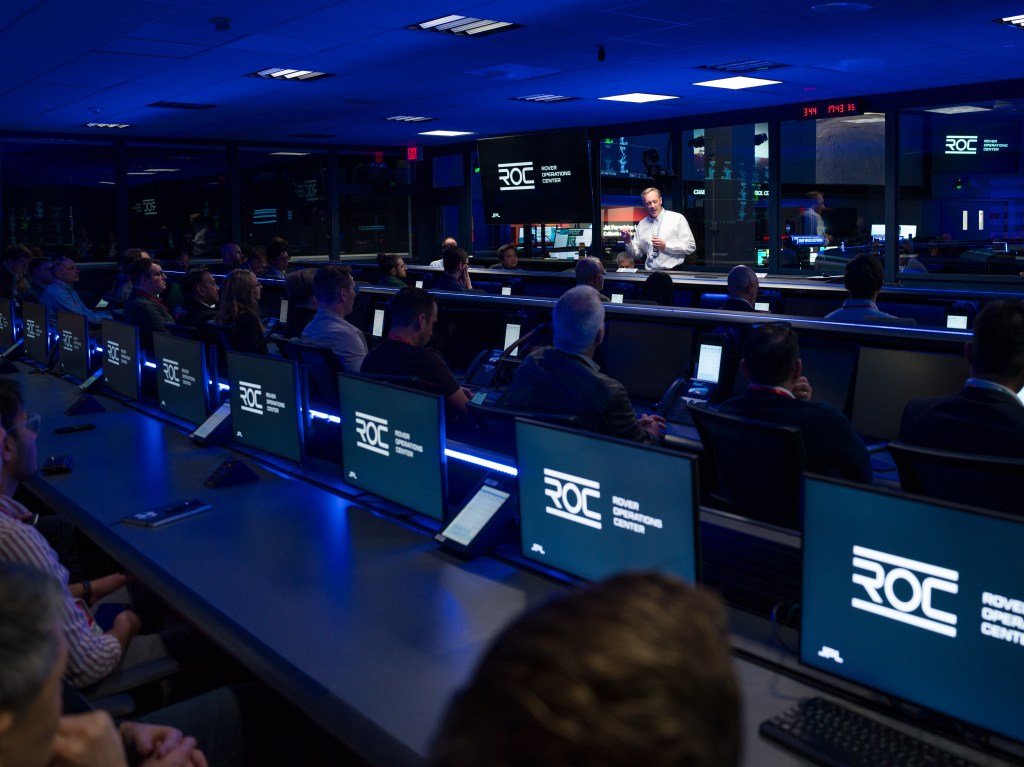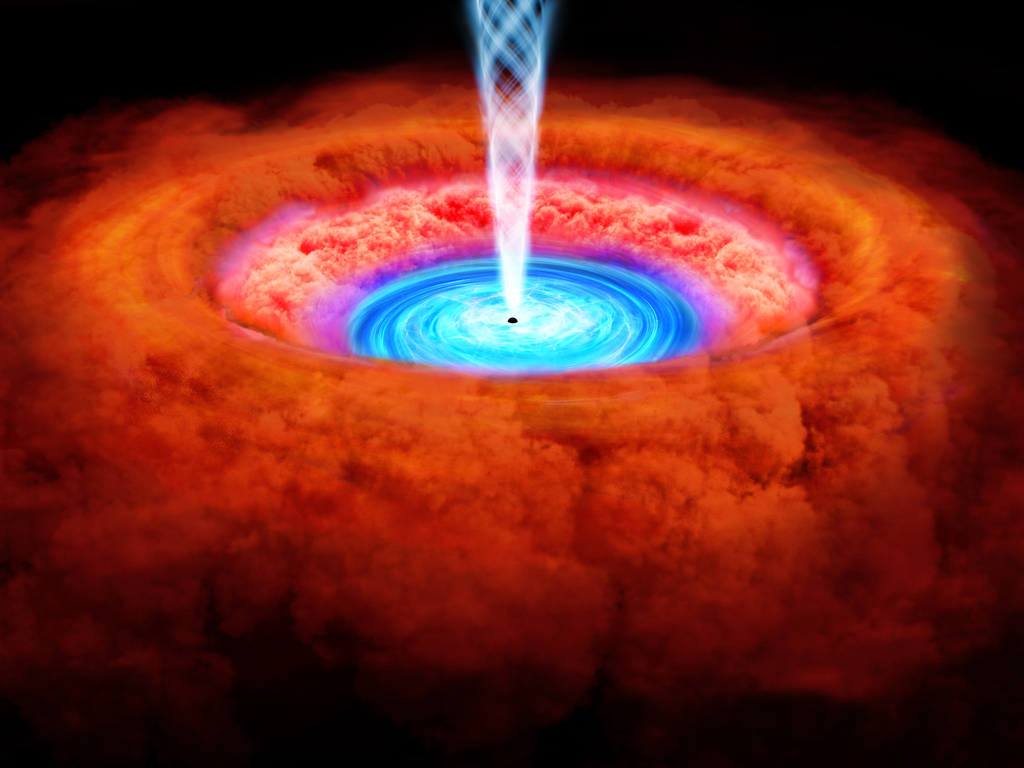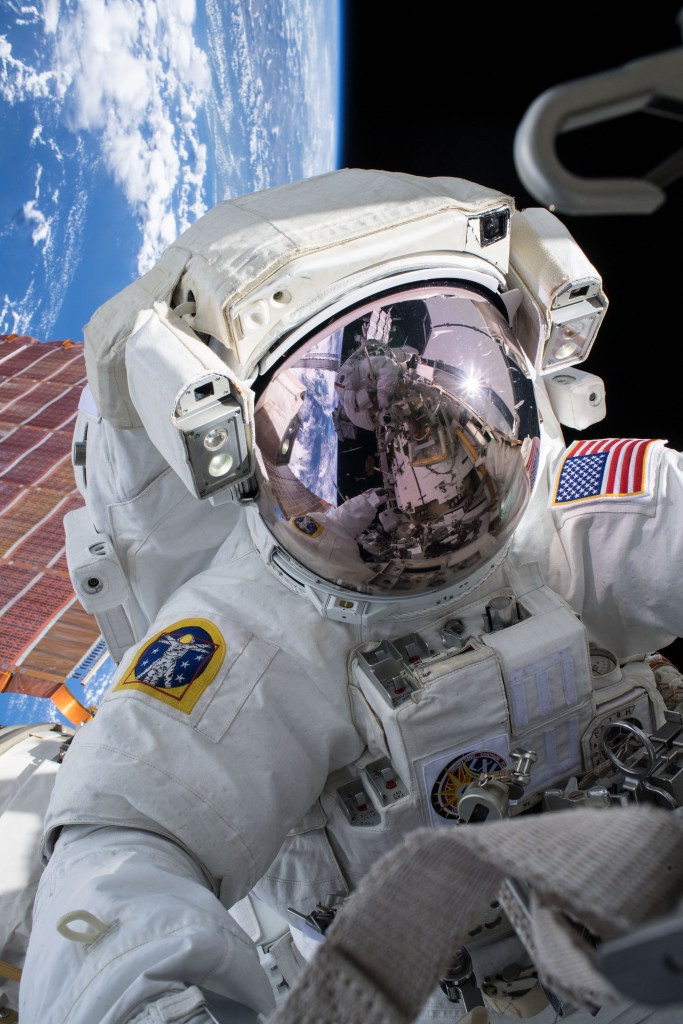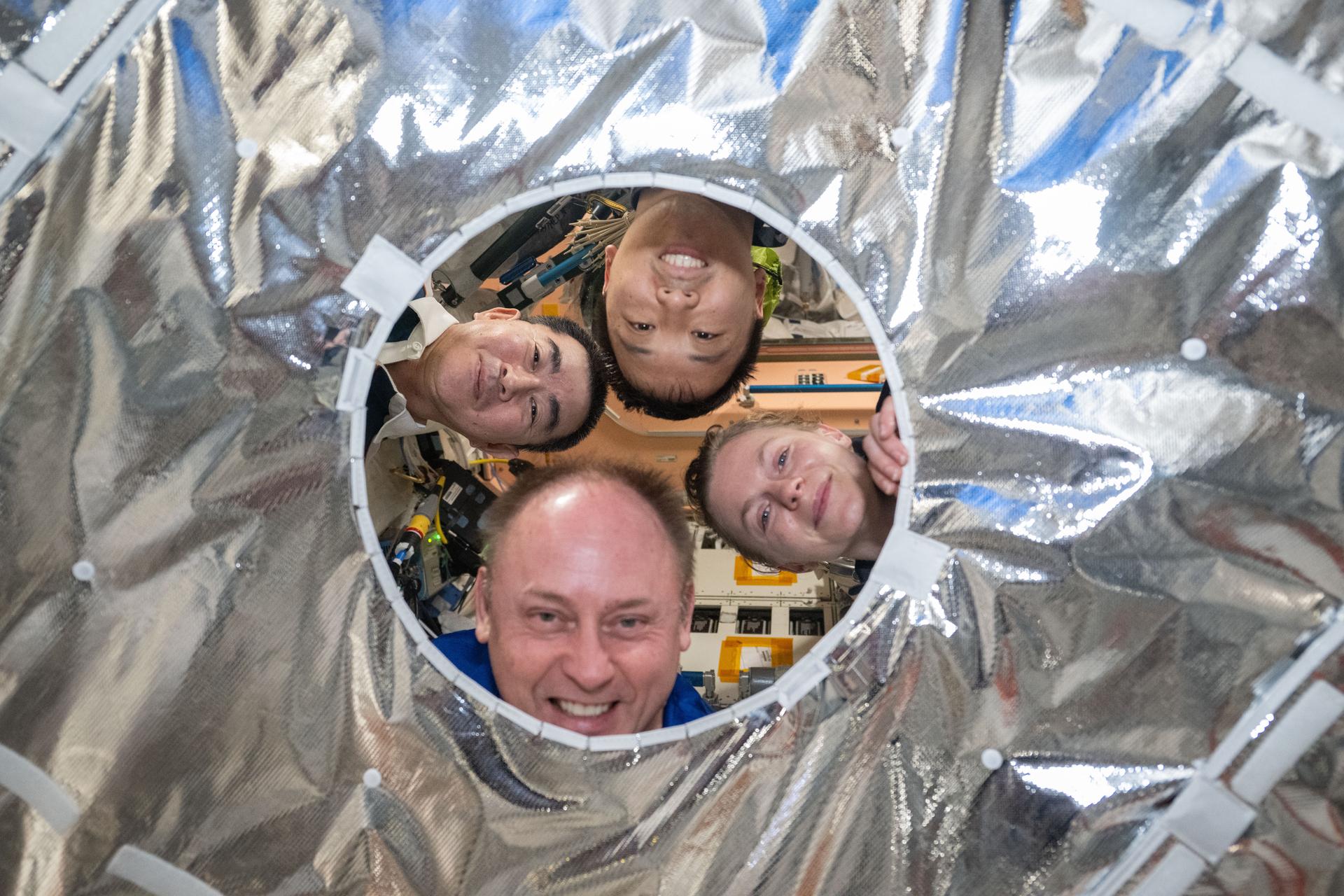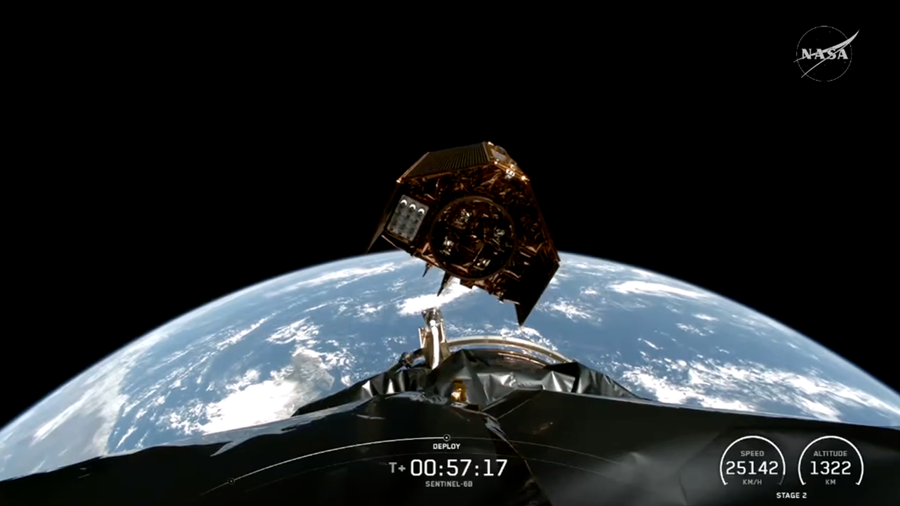NASA’s PUNCH (Polarimeter to Unify the Corona and Heliosphere) mission observed interstellar comet 3I/ATLAS during its passage through the inner solar system. The mission’s ability to observe areas of the sky near the Sun allowed PUNCH to track the comet as it passed close to our star, when few other observatories could. This image was created from multiple observations taken […]
NASA’s PUNCH Spies Interstellar Comet 3I/ATLAS





